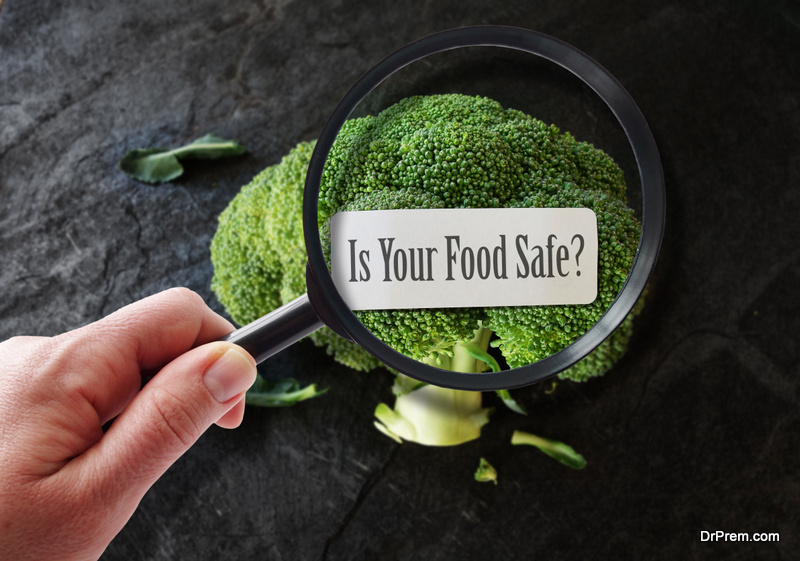Food safety testing is a method used by scientists to evaluate the safety of food based on chemical, physical, and microbiological composition. The tests must be specific, accurate, cost-effective, and reproducible. Gambling on food safety has claimed the lives of many people. Furthermore, countries suffer economically every year due to food safety issues. Therefore, there is a need to ensure everyone has access to a clean and safe food supply. In that case, the food industry has established food safety testing procedures. For consumers, there is no way to tell if food is safe unless it has visible physical signs. Therefore, food processing industries must ensure consumer safety by testing their food products before they reach households. Here is everything you should know about food safety testing.
The Importance of Food Safety Testing
When you think about diseases transmitted through food, the factors that come to mind are food contamination by bacteria, viruses, molds, and parasites. However, chemical and physical elements also cause foodborne diseases. Therefore, food safety testing is essential to detect the presence of these hazards. Through various methods, food-related businesses can ensure their food products do not have any food hazards that may harm the consumer.
With proper testing and quality control, we can minimize the production of dangerous food and the likelihood of foodborne diseases developing. Testing can also be conducted to assess food that has been improved to endure harsh conditions. It helps inform consumers about the danger or safety of consuming such foods.
The Aim of Food Safety Testing for clean and safe food supply
The main aim of food safety testing is to assess products for the safety of consumption by the public. Therefore, it backs food businesses’ claims about compliance with food safety laws and regulations. In short, testing helps show that the products have met the safety standards set. Food manufacturers and handlers must work with a food testing laboratory to achieve the following.
· Safety and Disease Prevention
Food safety testing confirms if the food products are safe for consumption. Testing can be done using PCR primer to check specific microorganisms and use the results to decide if the product should be released into the market. Therefore, testing must be accurate, precise, and specific for credibility.
· Sustainability
Food safety testing is also crucial for sustainability. It helps minimize food loss to cover the high demand and ensure consistency in production. It is essential to emphasize that a sustainable future is backed by ensuring food safety and security.
· Improve Productivity
Eliminating foodborne diseases increases productivity in the community. There is no downtime or turnover if everyone can perform without disruptions. Therefore, testing helps confirm the safety of everyone.
· Inform the Public
Another aim of testing is to inform the public if certain products have been genetically modified. There is an unending concern about GMO foods, and they must go through thorough food safety testing in an accredited laboratory before they can be released to the market. It helps minimize public exposure and preserve safety.
Final Words on clean and safe food supply
Food safety testing is paramount to ensuring public safety and increasing sustainability. However, it is only valuable if it is accurate and precise. There is a need to update results regularly in line with changes.
Article Submitted By Community Writer




